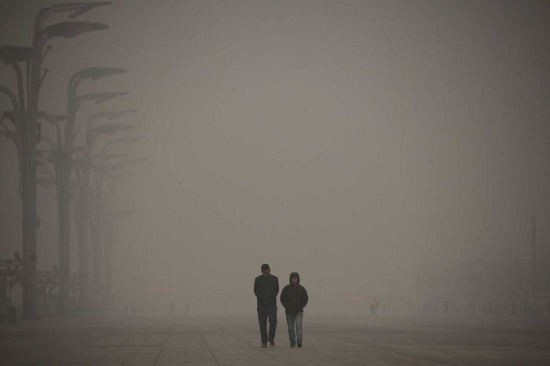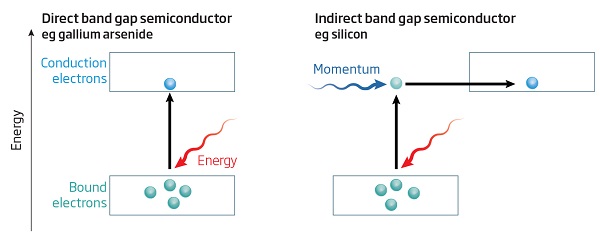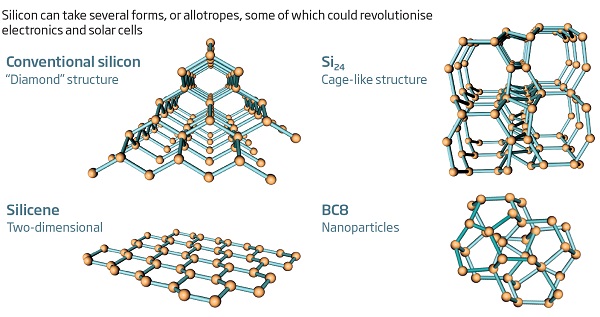1. Greg Hunt the worst environment minister ever
I’ve just discovered this one from August, where Ben Eltham unloads on Greg Hunt, calling him our first minister for pollution:
- There are no kind words that can be said about Greg Hunt. When it comes to protecting the environment he is useless, and actually seems to revel in eviscerating the portfolio he is responsible for.
Expect Hunt to push ahead with approving the Carmichael mine, again. There’s nothing this environment minister likes better than projects that rape and pillage the environment.
Greg Hunt is actively participating in the destruction of the planet. It really is that simple.
And he doesn’t think Turnbull will make any difference:
- As long as the Coalition is in government Australia will never have a meaningful climate policy.
The reason is simple: large numbers of Liberal and National Party politicians put their conservative loyalties ahead of rational science and the self-interest of their country. They don’t believe climate change is real, and they’ll do everything in their power to stop Malcolm Turnbull (or anyone else) from doing something about it.
2. Beijing declares first-ever red alert for pollution
Beijing issued its first-ever red alert for pollution, as a new blanket of choking smog was projected to descend on the city.
on Tuesday as levels of PM2.5, harmful microscopic particles that penetrate deep into the lungs, reached above 300 micrograms per cubic metre.
The World Health Organisation’s recommended maximum exposure is 25.

Meanwhile it looks as though emissions from fossil fuels will decline world-wide in 2015, with a major contributor being China’s decline in coal burning:

3. Explaining El Niño
The ABC have a handy explainer for El Niño.
Current calculations are that with climate change the frequency of extreme El Nino events will double – to one every 10 years.
Climate change is also likely to triple the frequency of the Indian Ocean Dipole, from one in 17 years to one in six. The Indian Ocean Dipole also causes drought, especially in southern Australia.
4. New perovskite solar technology
A new material called perovskite is being looked at as a replacement for silicon solar cells.
- Their high efficiencies and low production costs make perovskite solar cells a commercially attractive option, with start-up companies already promising modules on the market by 2017.
- ARENA is providing up to $892,000 to support CSIRO to develop and apply guidelines for assessing the performance of perovskite solar cells at the ARENA supported PV Performance Laboratory in Newcastle.
This will allow Australian researchers to test perovskite samples here instead of sending them overseas, speeding up research and reducing risk and costs.
5. New silicon technology promises superpowered chips and solar cells
Silicon itself may have some surprises for us.
It is well-known, for example, that atoms of carbon arranged in different ways can produce graphite, as in a lead pancil, diamonds, or graphene, which is just one atom thick, but can be folded like plastic film, yet is stronger than steel and conducts electricity better than copper or gold.
But graphene is difficult to make in quantity and apparently doesn’t work as a semiconductor.
New Scientist now tells us (paywalled) that silicon exists in up to a dozen forms, each with different and potentially useful properties.
Silicene, the equivalent of graphene, allows electrons to travel a million times faster. Problem is, it tends to fall apart. Researhers are now excited because silicene was installed in a device that worked for a few minutes!
No doubt they’ll keep trying, but other forms of silicon may promise less and deliver more.
Silicon is what is known as an indirect band-gap semiconductor, “meaning its electrons don’t generally have quite the right amount of momentum to make the leap into the higher states unaided, making the transition even less likely to happen.”

Two direct band-gap forms of silicon are BC8 and Si24. They may prove viable for both solar cells and chips, offering better performance with the safety, low cost and dependability of silicon.


